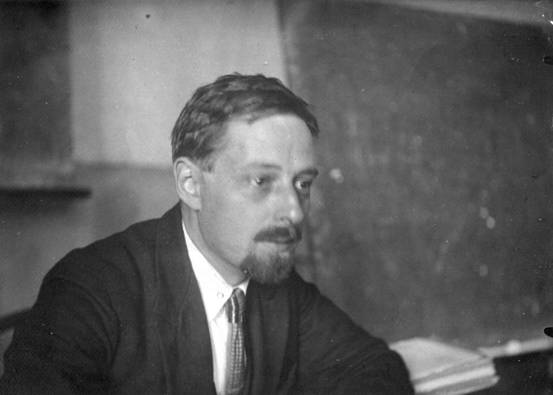
Vladimir Propp was a Russian and Soviet formalist scholar who analyzed the basic plot components of
Russian folk tales to identify their simplest irreducible narrative elements.His Morphology of the Folk Tale was published in Russian in 1928. Although it represented a breakthrough in both folkloristics and morphology and influenced Claude Lévi-Strauss and Roland Barthes, it was generally unnoticed in the West until it was translated in the 1950s. His character types are used in media education and can be applied to almost any story, be it in literature, theater, film, television series, games, etc.
He also concluded that all the characters could be resolved into 8 broad character types in the 100 tales he analyzed:
- The villain - struggles against the hero.
- The donor - prepares the hero or gives the hero some magical object.
- The (magical) helper - helps the hero in the quest.
- The princess or prize - the hero deserves her throughout the story but is unable to marry her because of an unfair evil, usually because of the villain. the hero's journey is often ended when he marries the princess, thereby beating the villain.
- her father - gives the task to the hero, identifies the false hero, marries the hero, often sought for during the narrative. Propp noted that functionally, the princess and the father can not be clearly distinguished.
- The dispatcher - character who makes the lack known and sends the hero off.
- The hero or victim/seeker hero - reacts to the donor, weds the princess.
- False hero - takes credit for the hero’s actions or tries to marry the princess.
No comments:
Post a Comment